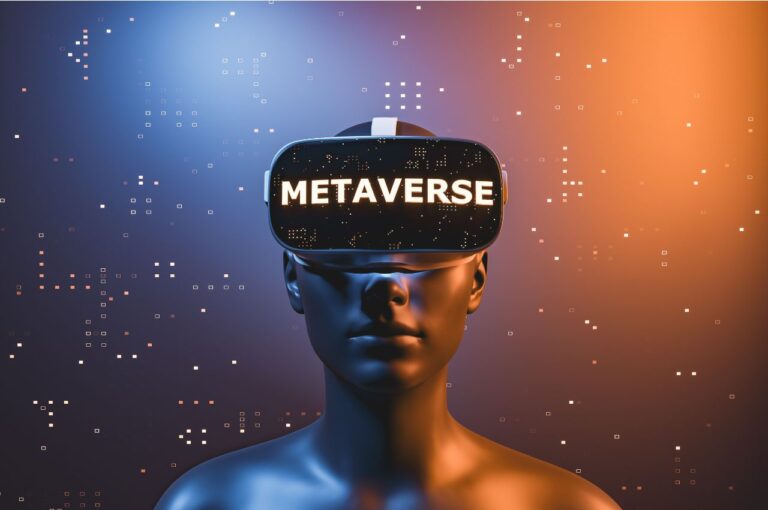Listen to the article
One thing tech experts agree on is that no single technology will solve the water and sanitation problems in the world. A combination of technologies such as IoT, artificial intelligence (AI), big data and others will accelerate the provision of water and sanitation services.
Today’s article will focus on SDG 6 – Ensure availability and sustainable management of water and sanitation for all. We will see how emerging technology will accelerate this SDG.
According to the UN, 129 countries are not on track to have sustainably managed water resources by 2030. The current rate of progress needs to double. The key to accelerate the achievement of SDG 6 is through the use of emerging technology.
Water Challenges in the World
The water challenges the world is encountering include inadequate access to safe drinking water and sanitation, water related disasters, water pollution, stressed fresh water supplies, etc. Climate change is also causing extreme weather patterns and many parts of the world are experiencing flooding, water scarcity and pollution.
Lack of access to clean water and proper sanitation affects human life, especially in developing countries and marginalized communities. Different stakeholders have come together to digitize water and sanitation management systems and their efforts are paying off.
Below are solutions that emerging technology provides to ensure that countries double their efforts in building sustainable water and sanitation management systems.
Remote Sensing of Groundwater via Satellite
Paul Kirvan says that Satellites are devices that have an antenna that lets them send and receive data. They have a power source and other equipment depending on their purpose. They have cameras, telescopes and sensors. Remote sensing of water using satellites is changing the way the world manages water resources and will be more commonplace in the coming years.
Example:
Reliefweb notes that in recent decades, the population in major towns in Somalia has continued to rise, exerting pressure on the existing water infrastructure. The water demand for livestock and irrigation has also increased as farmers strive to produce enough food for the local and export markets.
The Somalia Water and Land Information Management Project (SWALIM) installed six telemetric systems where groundwater monitoring equipment would acquire and transmit data automatically without human intervention. The stations record water level, temperature, salinity, etc., and transmit data remotely via an Iridium satellite to a server. The stations transmit near real-time data, and government water authorities can detect alarming trends in good time and take remedial measures to avert any crisis in water supply.
Building Smart Water Systems with Emerging Technologies
Digiteum notes that smart water systems based on a combination of IoT, big data and AI technologies can help stop the UN prediction of water scarcity directly affecting 20% of the human population by 2025. These technologies can also undo the damage the imprudent usage of water resources has already caused.
Example:
Cape Town had a severe water shortage that threatened the city with the reality of Day Zero, a day when the municipal would shut off the water supply. In 2018, Cape Town almost became the first major city in the world to run out of drinkable water as it dealt with the serious water scarcity.
To solve the problem, Cape Town rolled out 250,000 water management devices that replaced the normal water metres. They were programmed to shut off the water supply once the prescribed limit was reached. The residents of the city also significantly reduced the amount of water they used, and Cape Town managed to avert the water crisis.
Using AI for Water Treatment Facilities
According to Innovyze, AI has the potential to help resolve challenges related to clean water and sanitation. It is helping utilities and municipalities better manage their water and wastewater systems to ensure a clean water supply. Intelligent plant operations powered by AI can assist each step of the wastewater treatment process enabling predictive control.
Example:
Melbourne Water in Australia is using AI to bring down electricity costs in its water treatment plants. It is trialling a custom developed platform that coordinates pump movement depending on the amount of treated water required in a day. The system produces the most efficient use of energy without human intervention.
Developing Smart Sanitation Cities
In their article, Cheryl Hicks & Nitin Paranjpe say that we are witnessing a global crisis in urban sanitation. There are nearly one billion people living in urban slums around the world and they have extremely poor access to water, sanitation and hygiene. They also note that smart cities with smart sanitation economies have the power to solve the crisis and potential to drive a whole new economic model.
Example:
Pune, a city in India, is hailed as the first city to deploy digital technology for sanitation. It has provided smart, clean and accessible public and community toilets with WiFi access and cafes nearby. Pune authorities have partnered with the Toilet Board Coalition and private sector partners to install toilets with special sensors that extract information such as disease indicators and health statistics from waste. Pune is also building a sewage treatment plant with the ability to convert waste to fuels and fertilizers with the potential to generate revenue.
Conclusion
Private and public sectors can come together and harness the power of emerging technology to improve the water and sanitation sector in the world.
Emerging technology will help the world solve its water problems and accelerate the achievement of SDG 6. Many studies and trials are going on to provide water and sanitation solutions using innovative technologies.
We can help you overcome your technological challenges and gain a competitive advantage in your industry. Contact us today to learn more.



